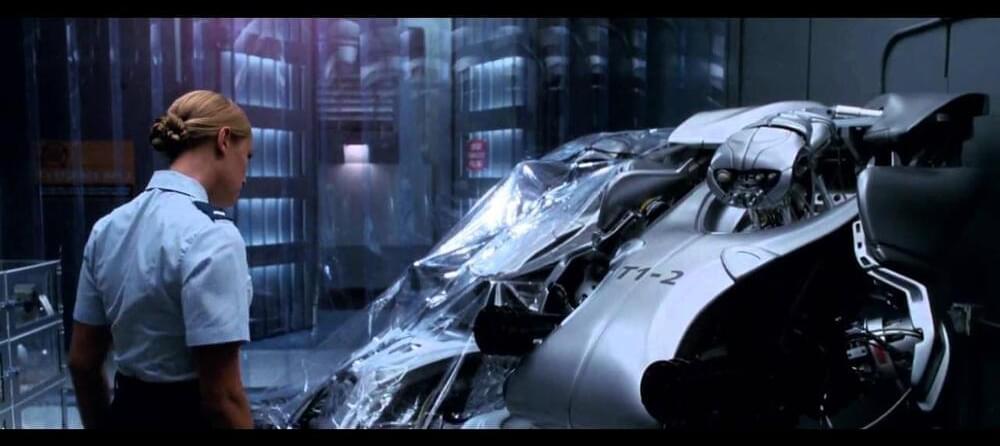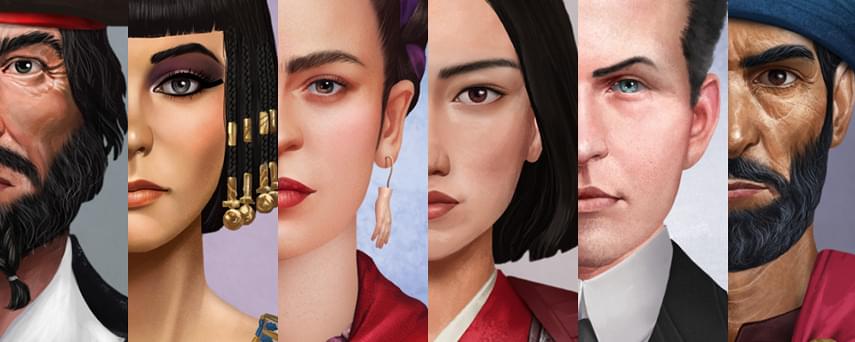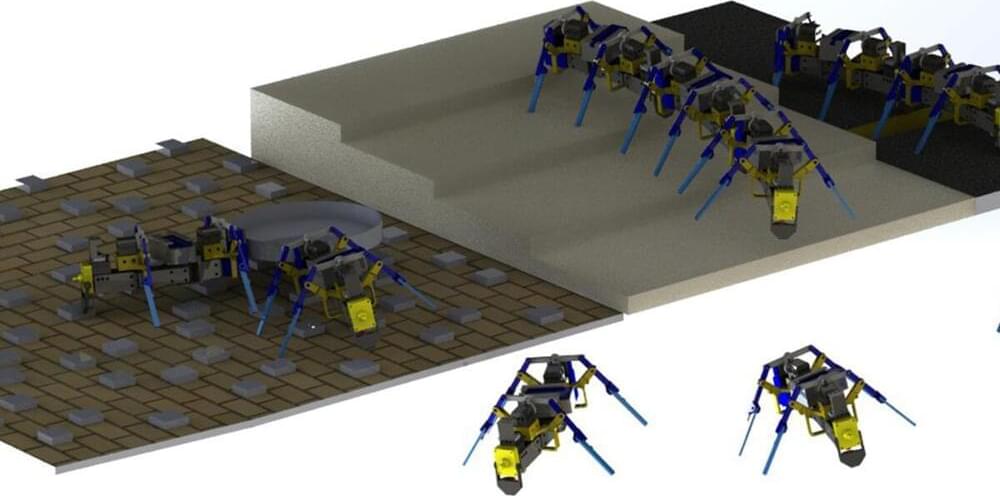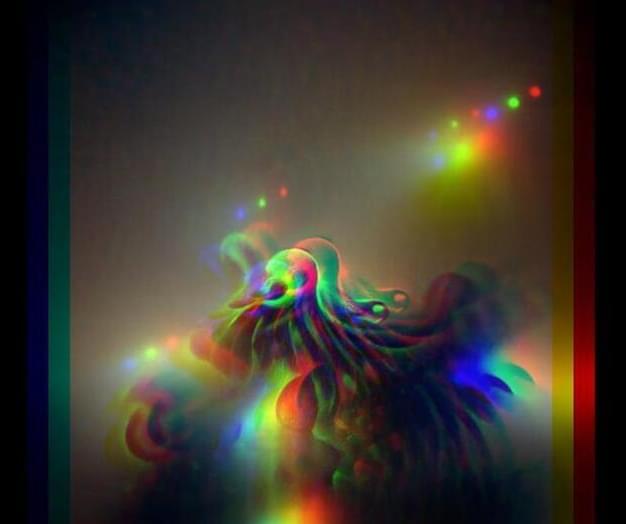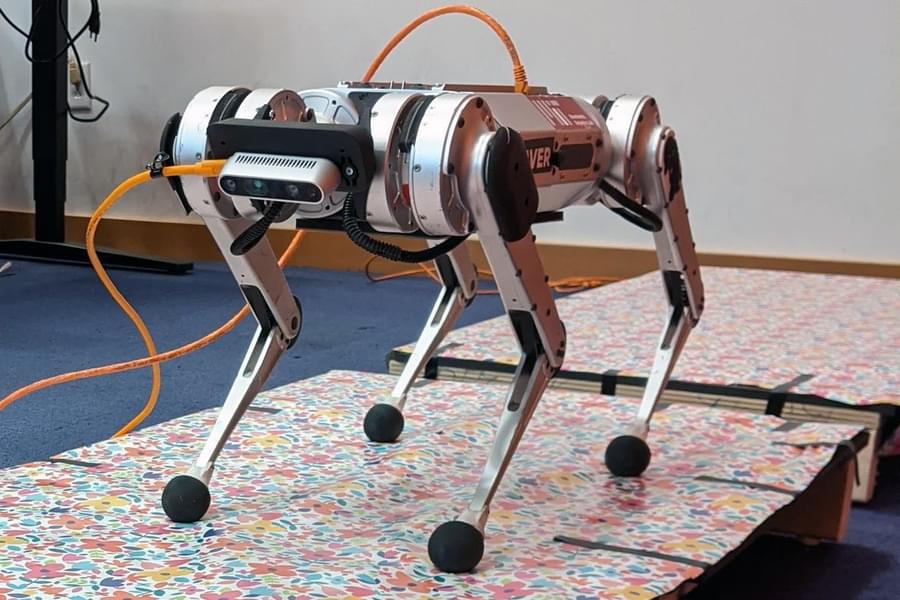Artificial intelligence is set to revolutionize the world, empowering those nations that fully harness its potential. The U.S. is still seen as the world AI leader, but China is catching up. The race is central to the U.S.-China rivalry and a critical facet of the economic and military competition that will define the decade.
#China2030 #AI #BloombergQuicktake.
——-
Like this video? Subscribe: http://www.youtube.com/Bloomberg?sub_confirmation=1
Become a Quicktake Member for exclusive perks: http://www.youtube.com/bloomberg/join.
QuickTake Originals is Bloomberg’s official premium video channel. We bring you insights and analysis from business, science, and technology experts who are shaping our future. We’re home to Hello World, Giant Leap, Storylines, and the series powering CityLab, Bloomberg Businessweek, Bloomberg Green, and much more.
Subscribe for business news, but not as you’ve known it: exclusive interviews, fascinating profiles, data-driven analysis, and the latest in tech innovation from around the world.
Visit our partner channel QuickTake News for breaking global news and insight in an instant.

